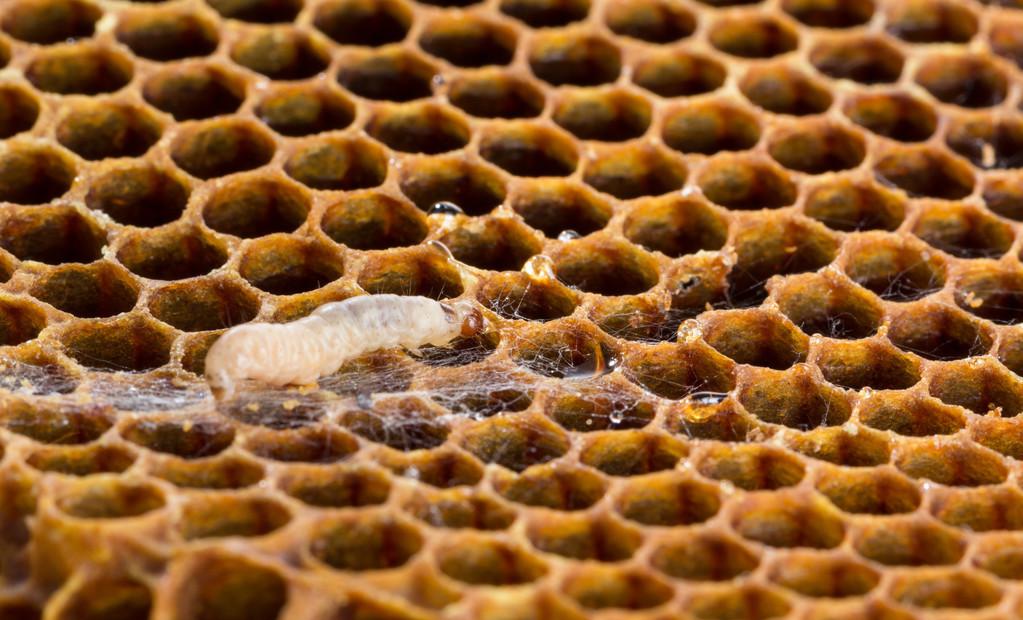Introduction: There are a lot of meat worms in the hive, what to do without the problem, the bee tribe believes that the reason for this new phenomenon is mainly caused by our improper management in bee breeding, so for the hive to appear a lot of meat worms, how should we solve it? Bee tribes solve this problem from our common soil breeding and live frame breeding methods.

<h1 class="ql-align-justify" > what are the meat worms in the hive? </h1>
In general, the appearance of meat worms in the hive is a common phenomenon in the breeding of bees, this meat worm is also called nest worms, wax borers, cotton worms, etc., generally divided into two categories of size, the greater harm to the bees is generally large wax borer.
<h1 class="ql-align-justify" > 2 ways wax borers harm bee colonies</h1>
Wax borers cannot survive on pure beeswax, so the first condition for wax borers to survive in a colony is that there is an old bee spleen in the colony. Wax borer harm bee colonies are mainly harmed in three ways.
First: the upper spleen hazard at the bottom of the hive
This harm is mainly caused by the habits of the middle bee, because the middle bee does not like the old spleen, so once there is an old spleen in the bee colony, the old spleen will bite off, resulting in a large number of old spleens accumulating at the bottom of the hive, if we do not clean for a long time, the large wax borer and the small wax borer will breed in these broken spleens, breed, and finally the upper spleen hazard, relatively speaking, the wax borer from the bottom of the hive spleen hazard is mainly large wax borer, small wax borer due to the small individual, the upper spleen harm is unlikely.
Second: caused by improper management
We have friends in the breeding like to store bee spleen, but due to improper management, resulting in the bee spleen in the outside world suffered from wax borer damage, in the bee spleen already has wax borer eggs or larvae, when we put these bee spleen into the bee colony, wax borer began to feed on pollen and old spleen in the bee colony, seriously affecting the development of bees, causing larval death, the appearance of baldwinner, seriously triggering bees to flee or perish.
what if <h1 class="ql-align-justify" > there are a lot of wax borers? </h1>
If we find that the wax borer in the hive has been very much, the effect of drug treatment at this time is not good, because the drug treatment is relatively long, and the generally used drug now is the nest worm clear wood piece, this drug is actually a kind of trap, the way is to lure the nest worm bee spleen out to clean up the worker bees, so if the nest worm in the bee colony has been a lot, the drug effect is not good, then how to do it?
First: live frame culture
If it is a live frame breeding, we can replace the hive and bee spleen, and then strengthen the feed reward to allow the bee colony to slowly recover. In the breeding, pay attention to the breeding of strong groups, often clean the bottom of the hive, cultivate high-quality queen bees, and replace the nest spleen every year, which has a better effect on the prevention of nest insects in the bee colony.
Second: soil culture
If it is soil breeding, only replace the hive and bee spleen, completely kill the nest insects, and then reward feeding. Soil feeding can be prevented by cutting off all nest spleens in batches each year, while regularly cleaning the bottom of the hive with wax chips.